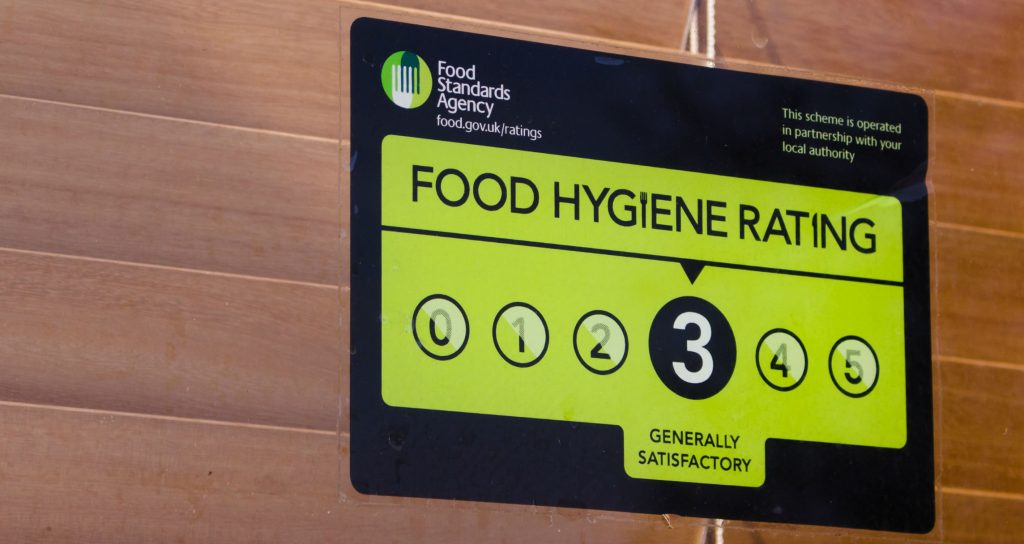Health and Hygiene Retailing
3 min read
Health and hygiene retailers sell a range of products. Most of these products are sold at drugstores and perfumeries and include beauty and personal care products. Statistics on health and hygiene retailing are available from Statista and include retail sales data as well as macroeconomic indicators. The products in this category include everything from soaps and deodorants to eyeglasses and perfume.
The practices and beliefs that promote health and hygiene should be the basis for sanitation and hygiene interventions. These interventions should involve community members and address specific problems. For example, they should target women and children, and focus on safe weaning, safe water handling, and sanitation. In addition, interventions should be planned and implemented to increase access to water and sanitation.
Health and hygiene are closely linked, and maintaining a healthy lifestyle is a key part of personal wellbeing. However, children often do not understand or remember basic daily hygiene practices. Teaching children about good hygiene is an important part of the Health and Wellbeing unit in PSHE, and it sets them up for life. The habits that they learn as young children are often carried into adulthood.
Despite their differences, health and hygiene practices are rooted in the same microbiological principles. A good hygiene routine breaks the chain of infection, and prevents the spread of disease. Using targeted hygiene techniques, health professionals can identify the routes where pathogens can be spread and introduce hygiene practices at critical moments. They can use the risk-based approach called Hazard Analysis Critical Control Point (HACCP) to implement hygiene practices.
Good hygiene also prevents the spread of infectious diseases and prevents children from missing school. This not only helps children stay healthy, but also saves families money on health care. It also helps a family maintain social status and self-confidence. The practice of good hygiene requires skills, knowledge, and community support. It also requires a belief that behaviour can make a difference. In addition to these benefits, promoting good hygiene can improve a child’s confidence and self-esteem.
Keeping a clean and tidy workplace can help prevent the spread of illness among colleagues. It is also important to be aware of statutory and industry standards in the workplace. The Occupational Safety and Health Administration (OSHA) and Health & Safety Executive (HSE) set the baseline standards for health and hygiene. It’s important to know these standards and make them a priority in the workplace.
To assess whether health and hygiene interventions are working, IDIs will be conducted with teachers and representatives of the Taluka Education and Health Office (TEHO). These interviews aim to determine the factors that influence children’s hygiene habits. The interviews will also help the researchers better understand how to communicate health and hygiene messages to these groups.
Water supply and sanitation are closely linked. Poor sanitation and unsafe water supplies cause millions of deaths every year. A healthy drinking water supply is essential for preventing disease. Poor sanitation can lead to a dangerous condition called diarrhea. It is estimated that around 4 billion cases of diarrhea occur worldwide every year. Most of these cases occur in developing countries, where sanitation is often lacking.




